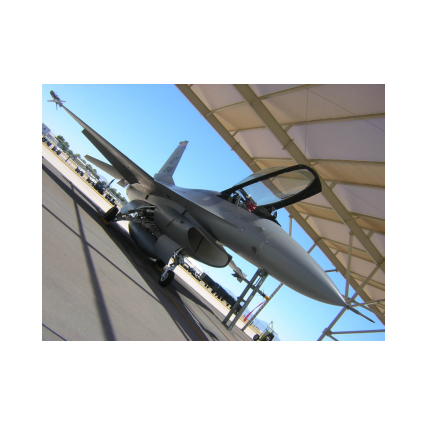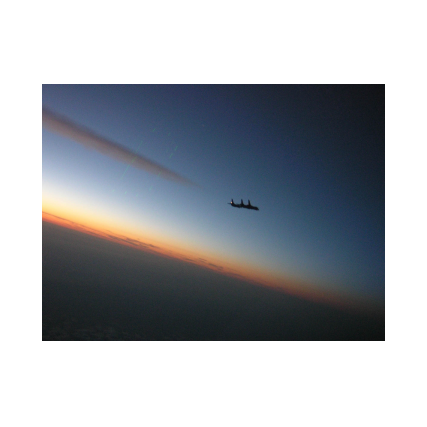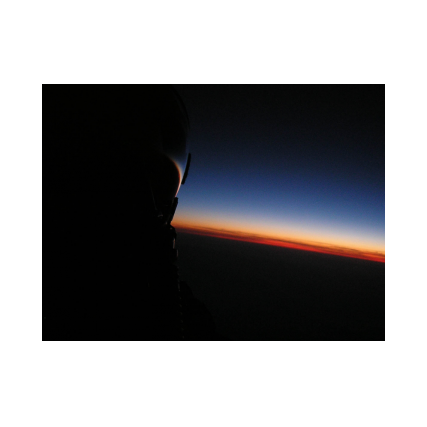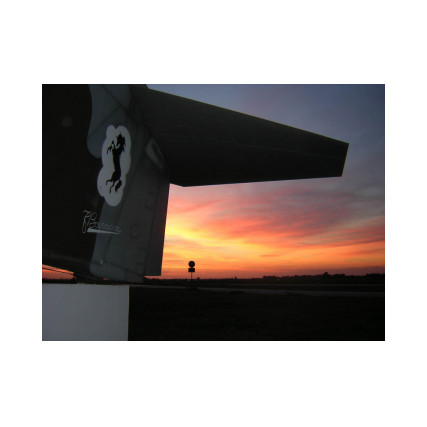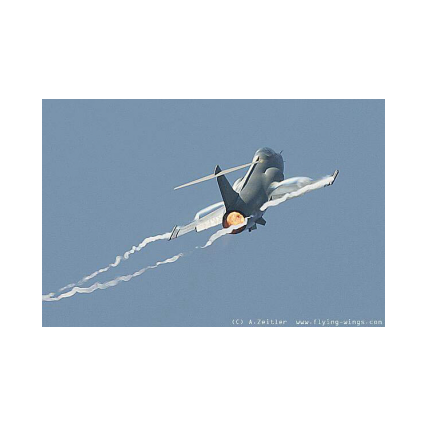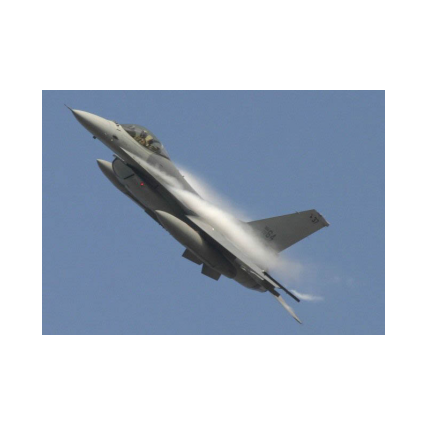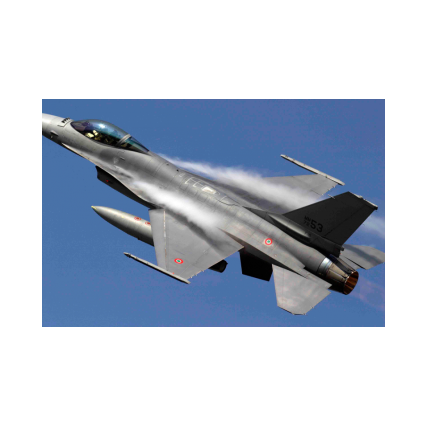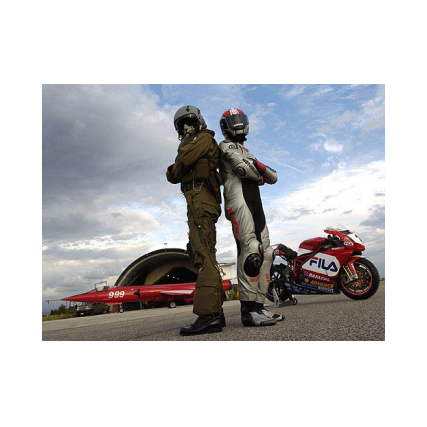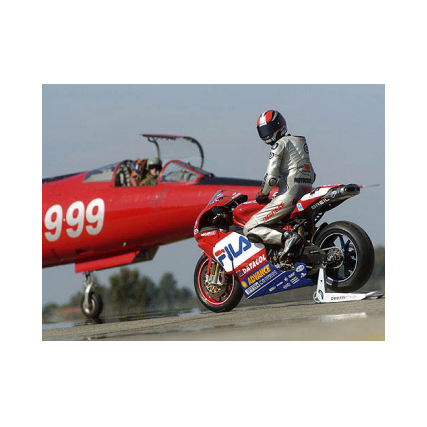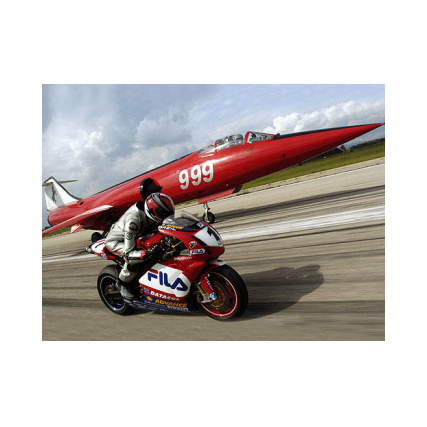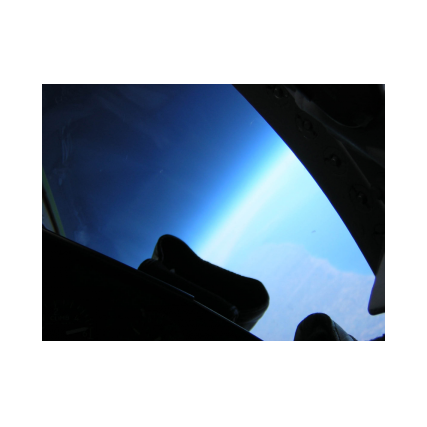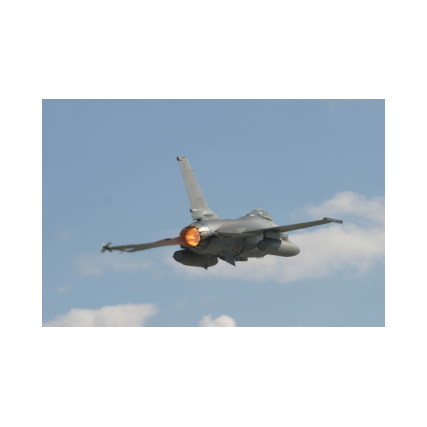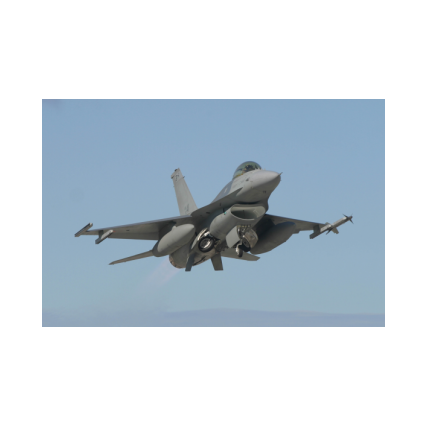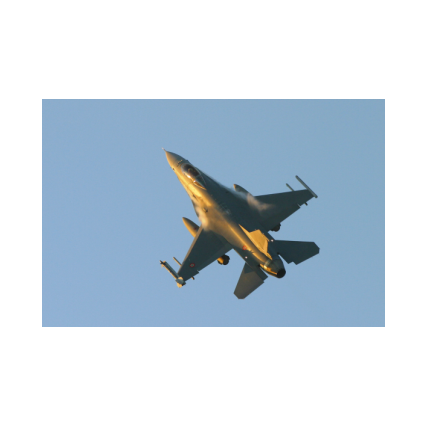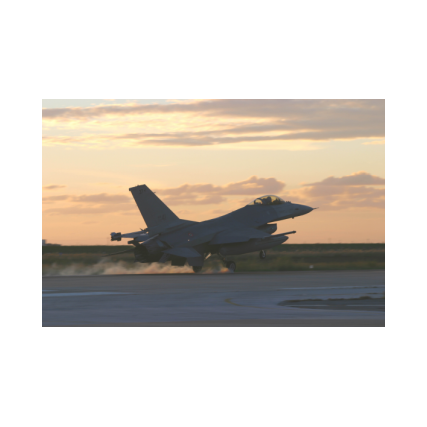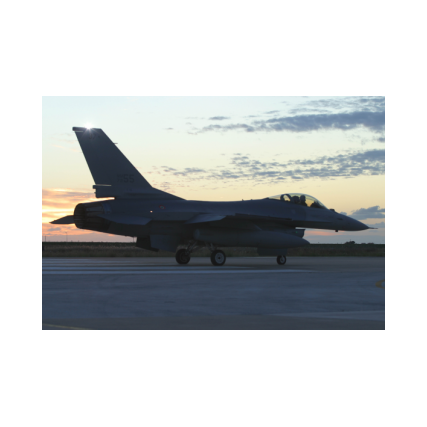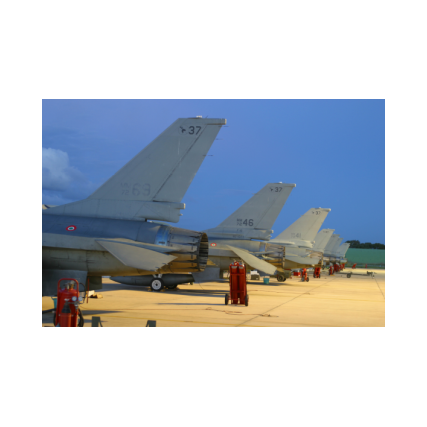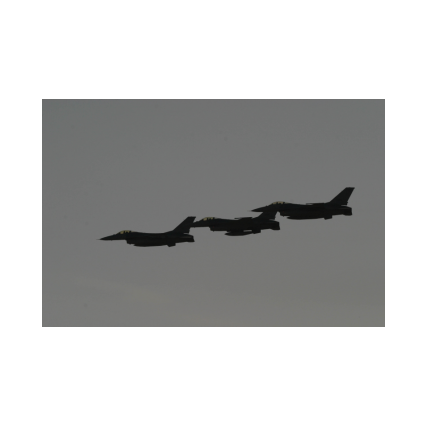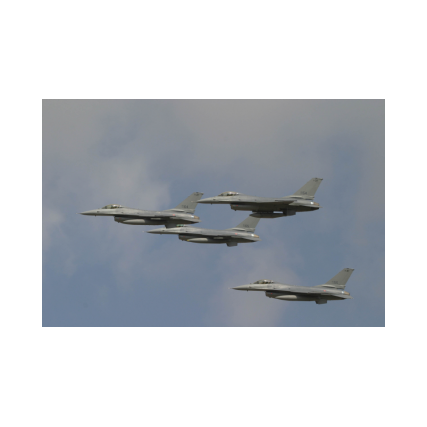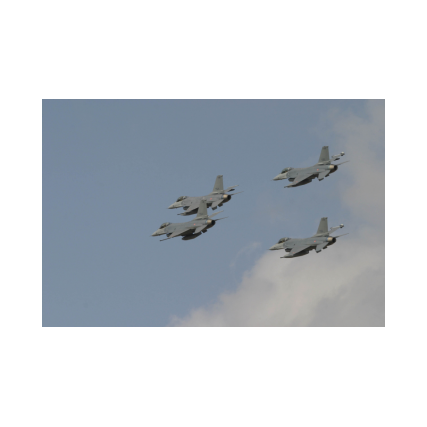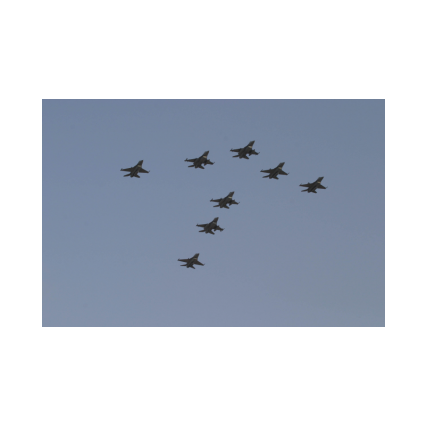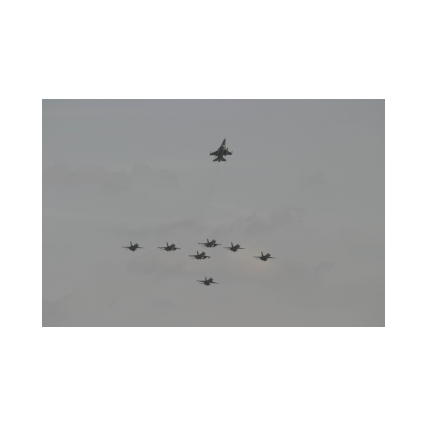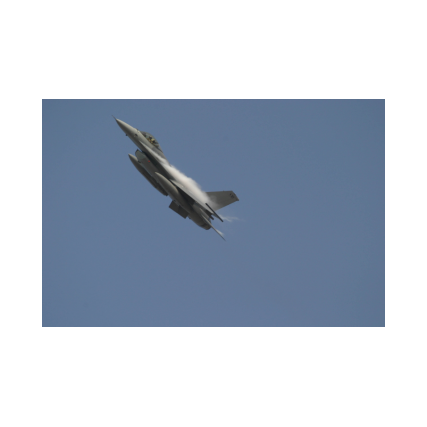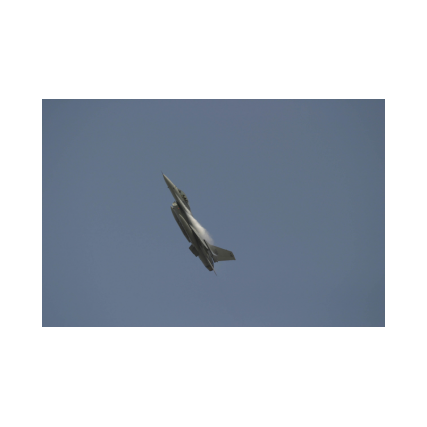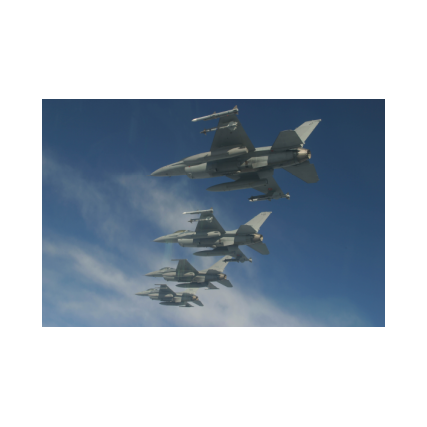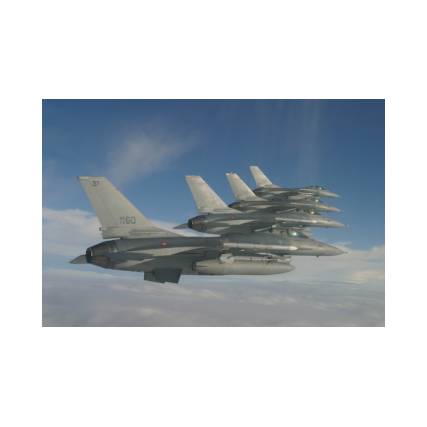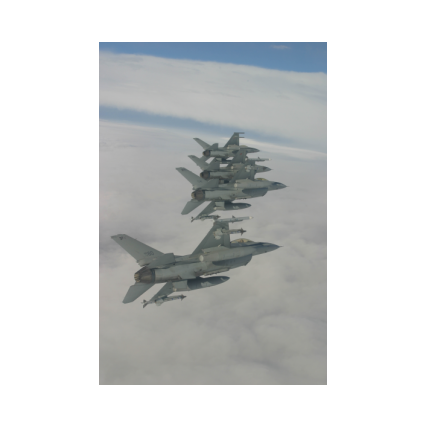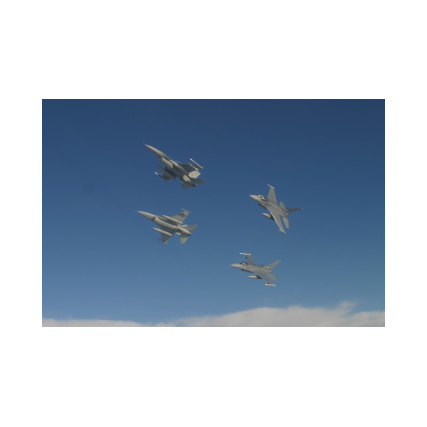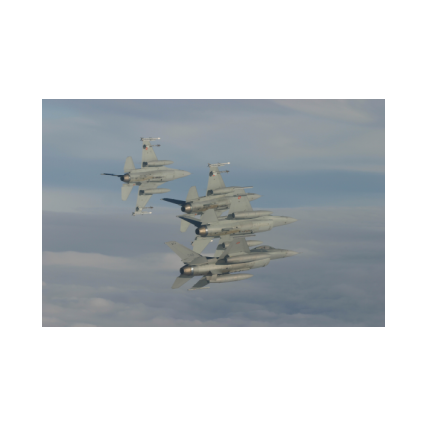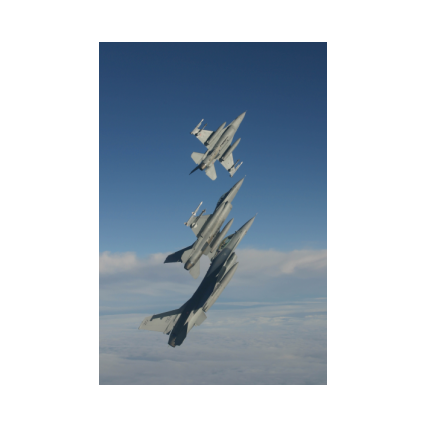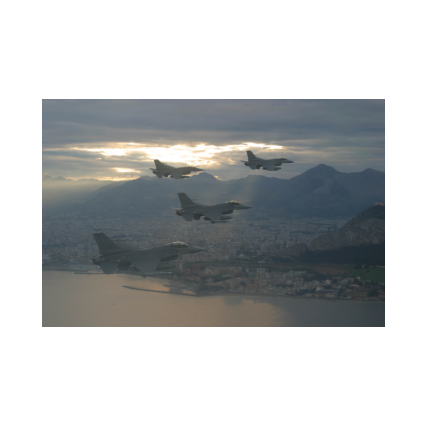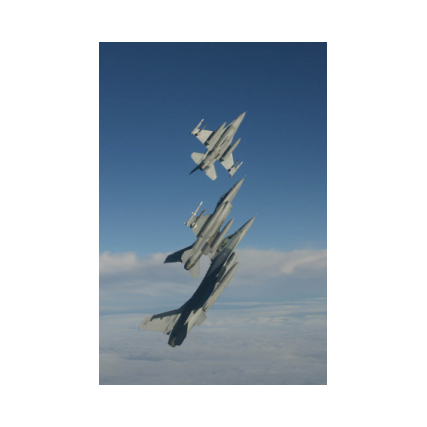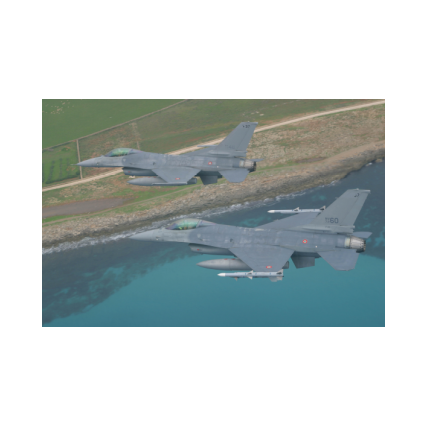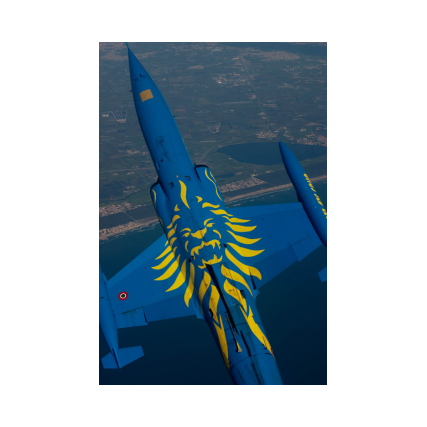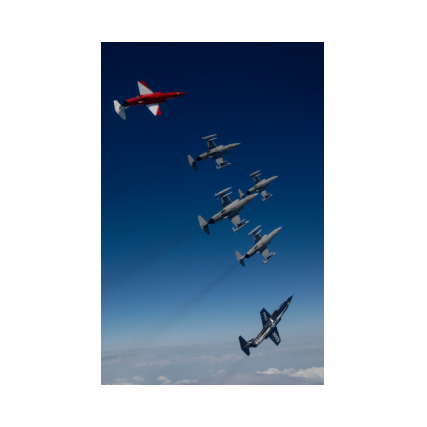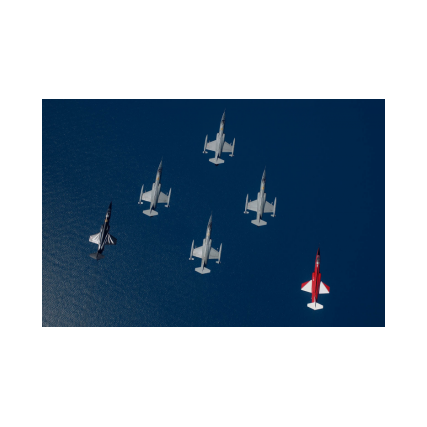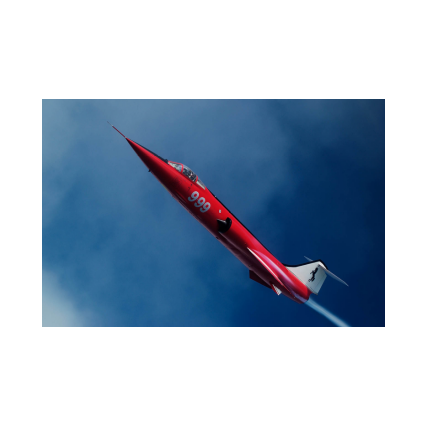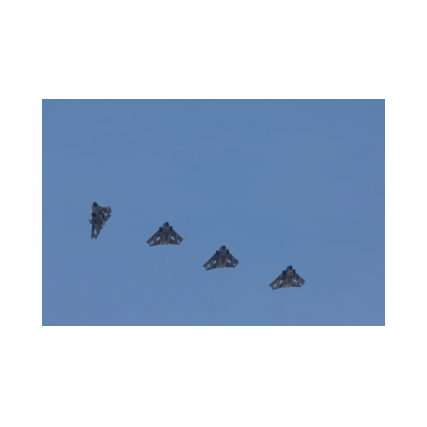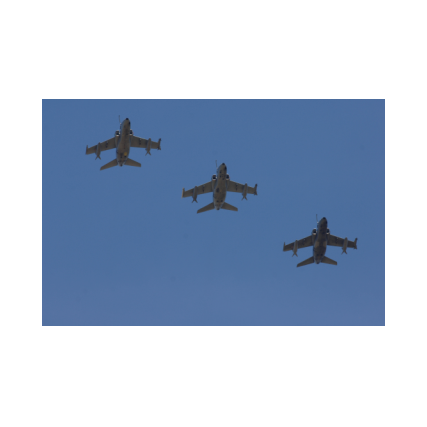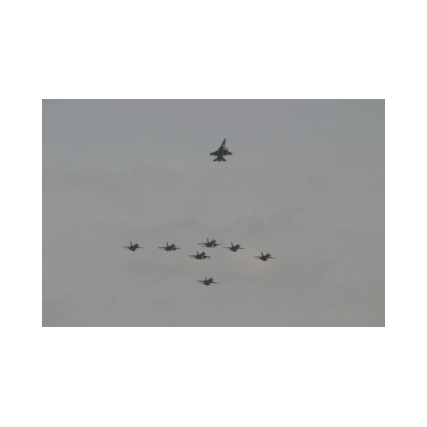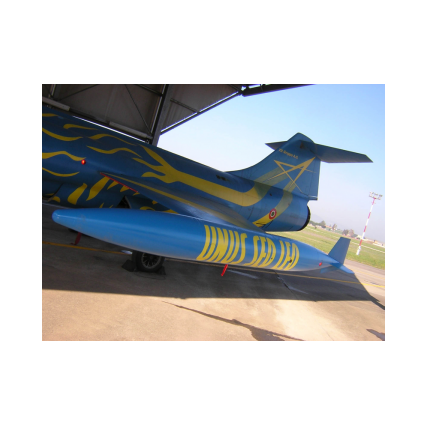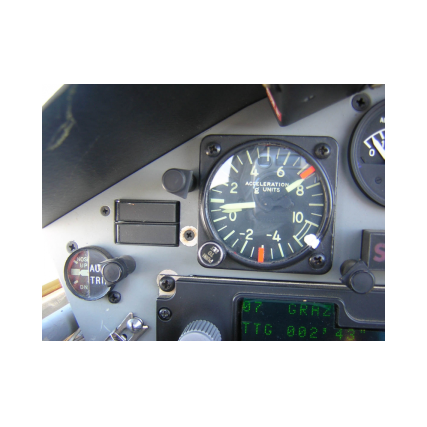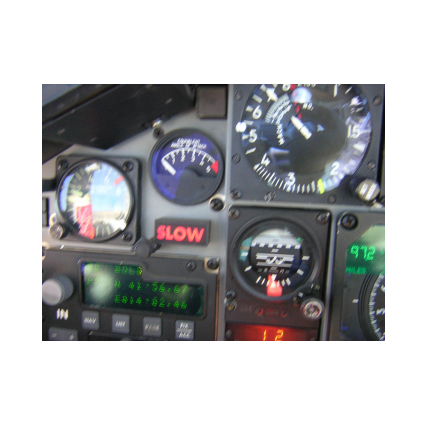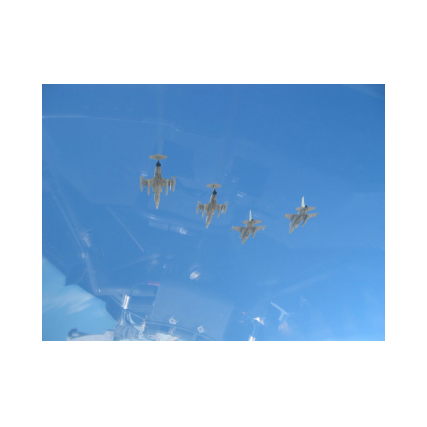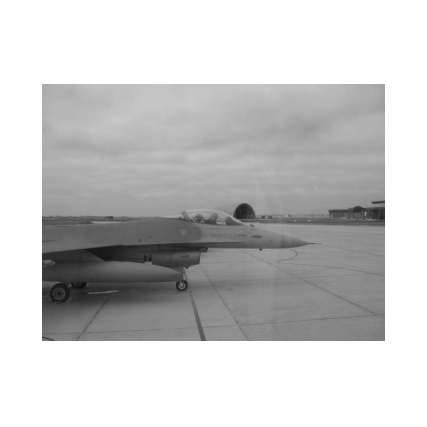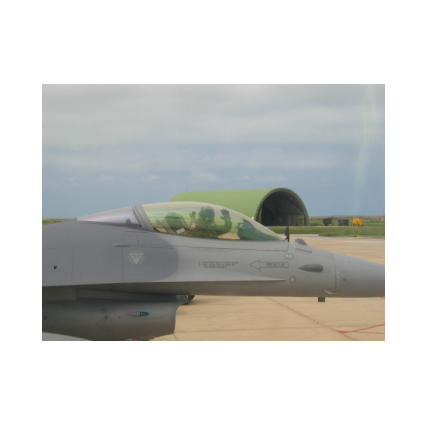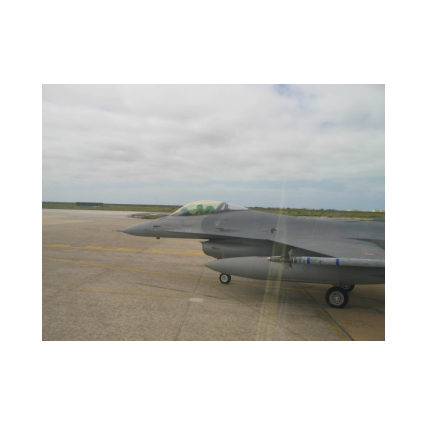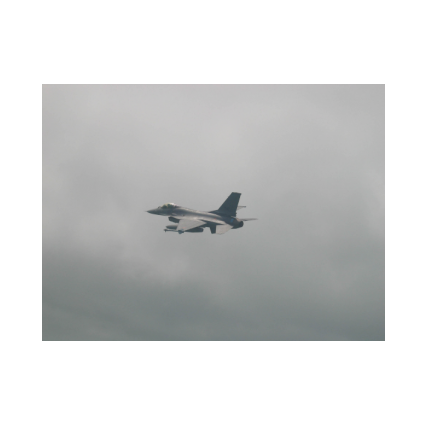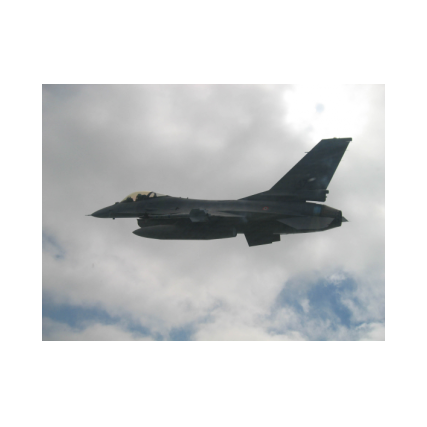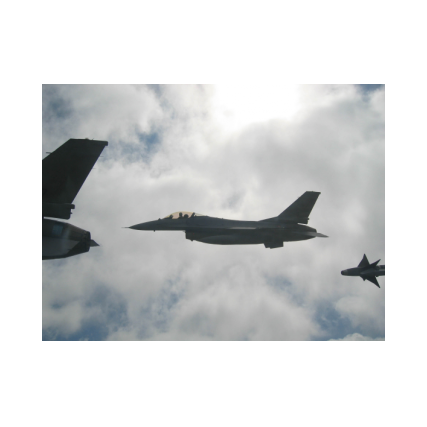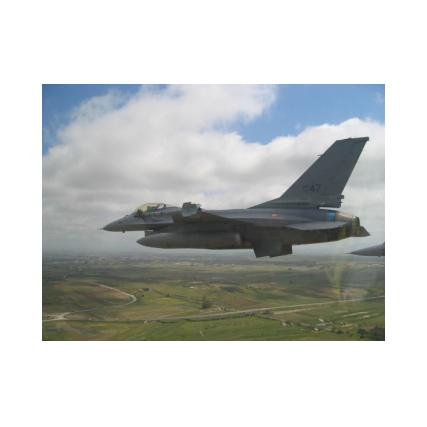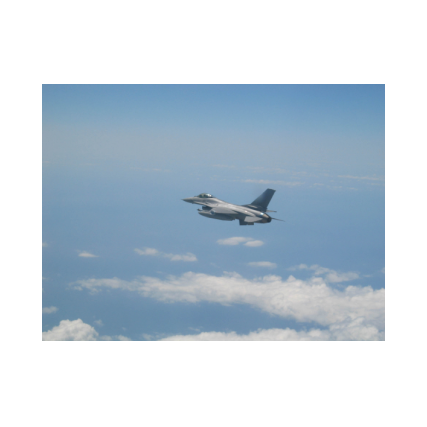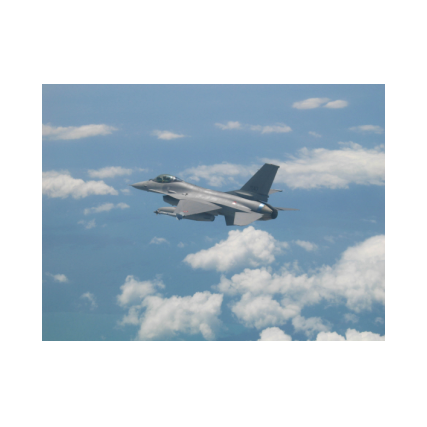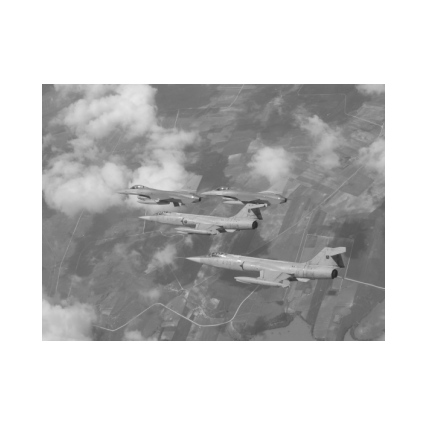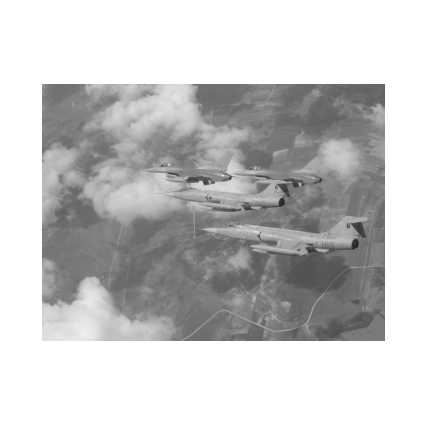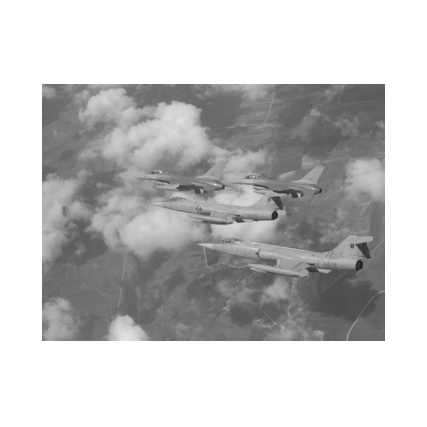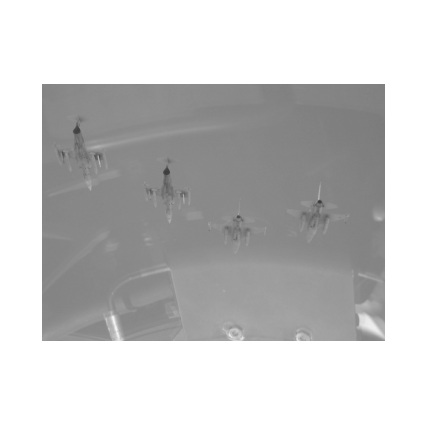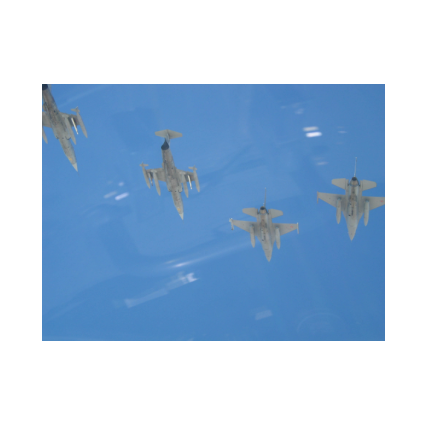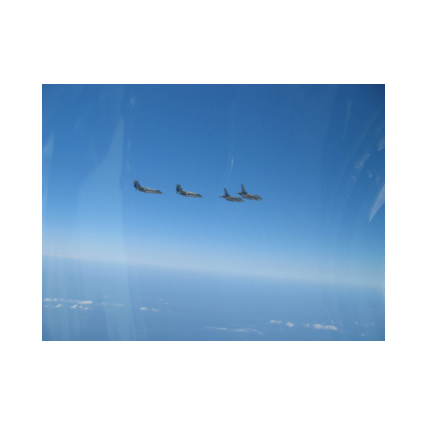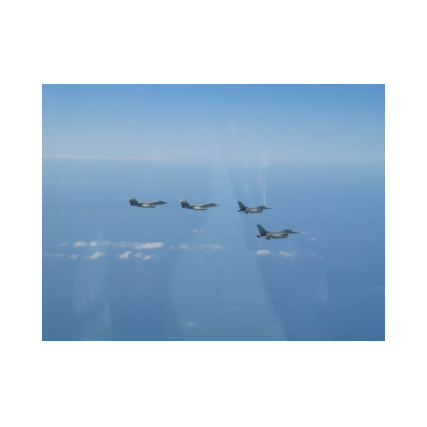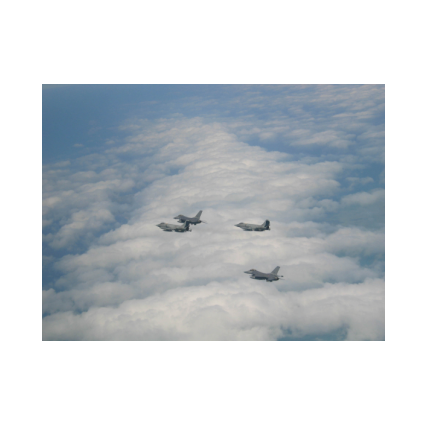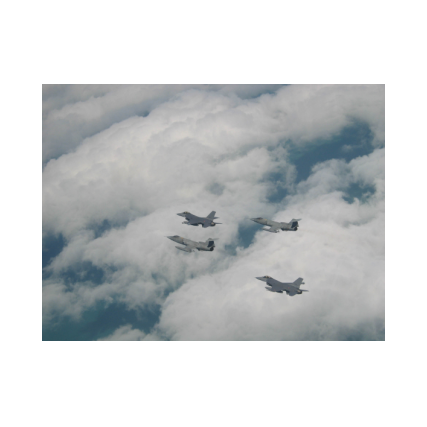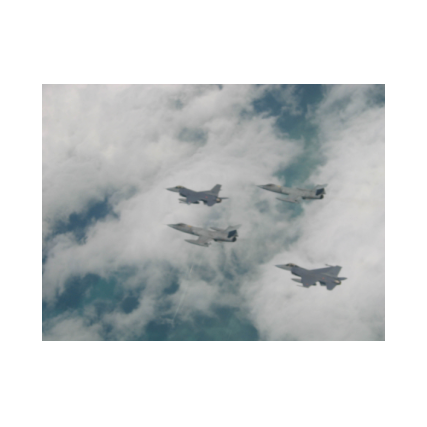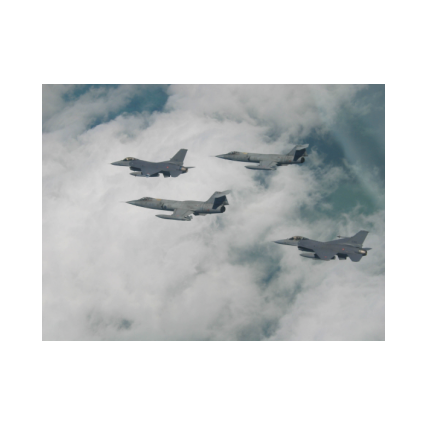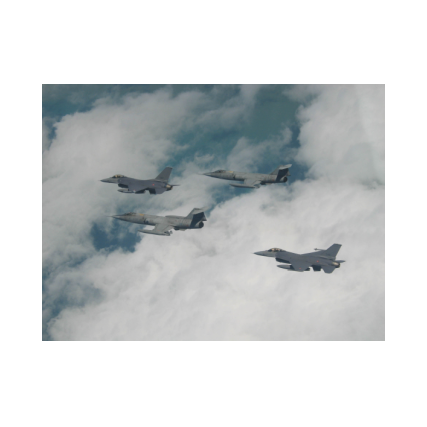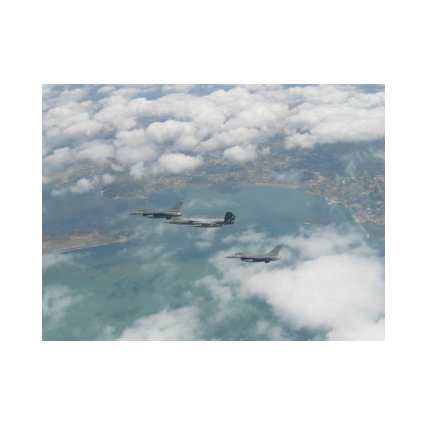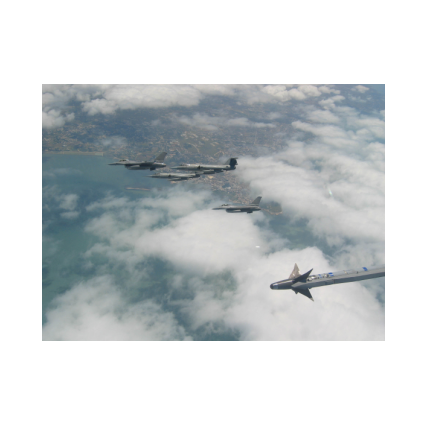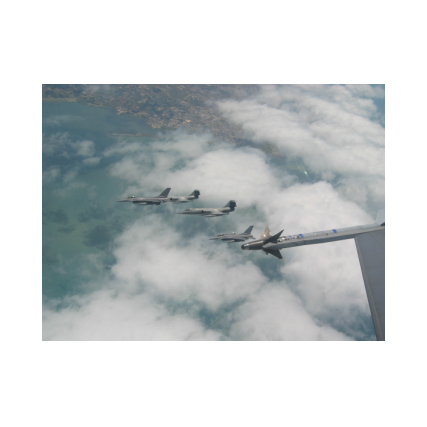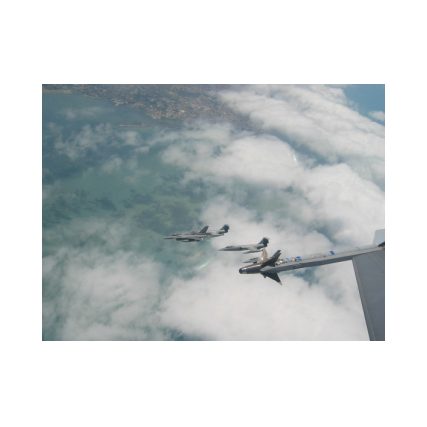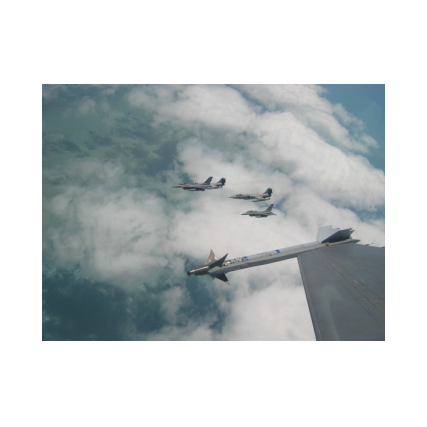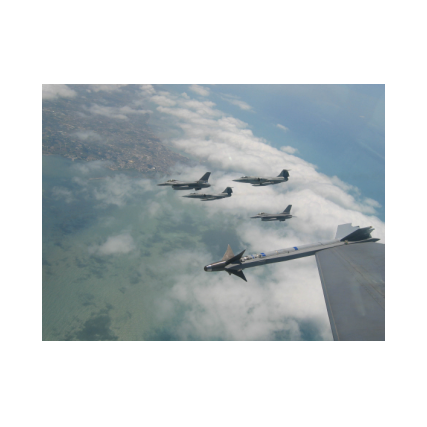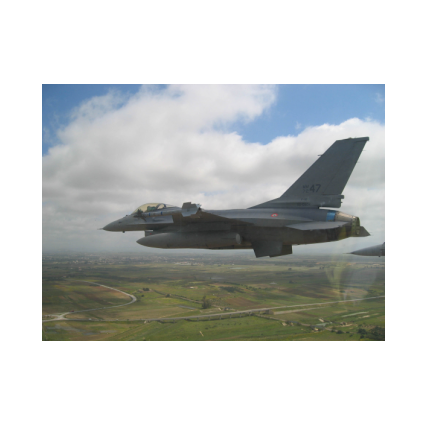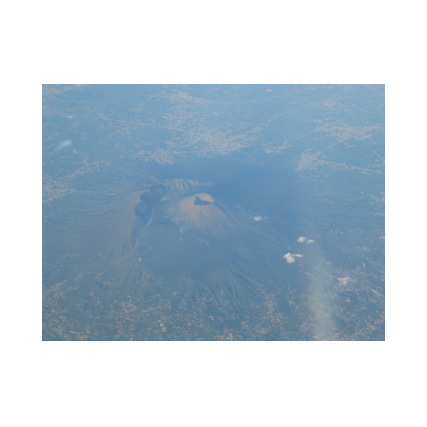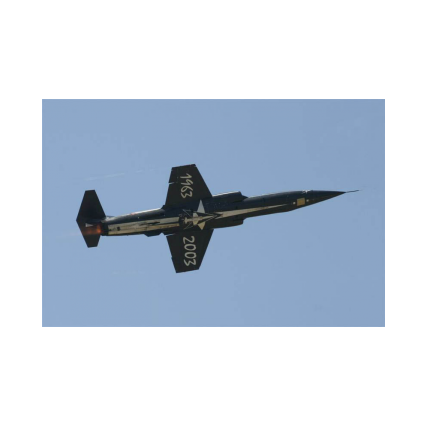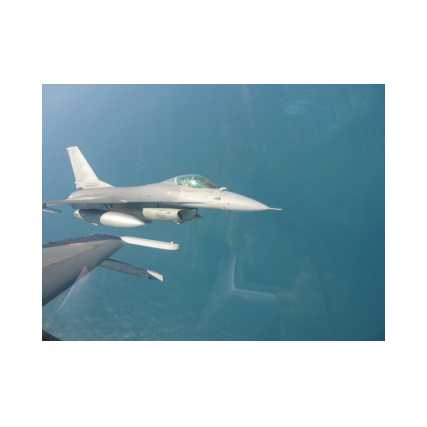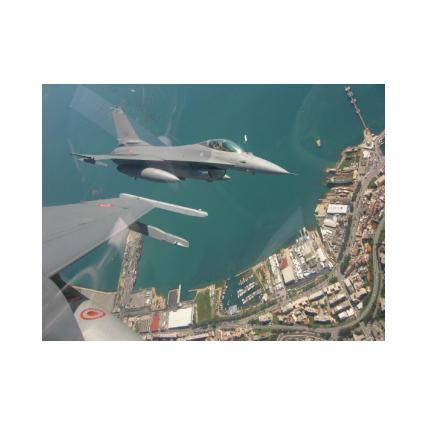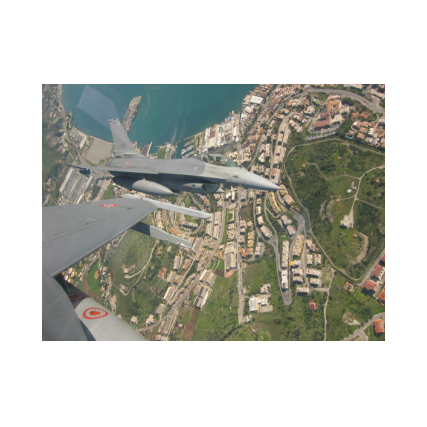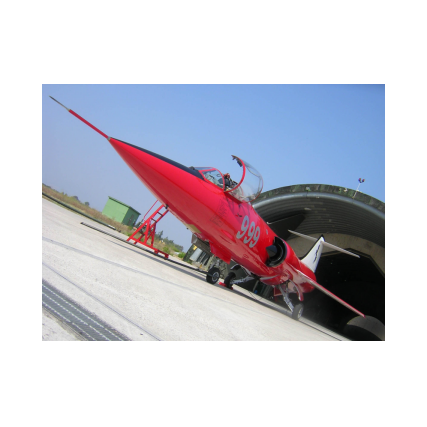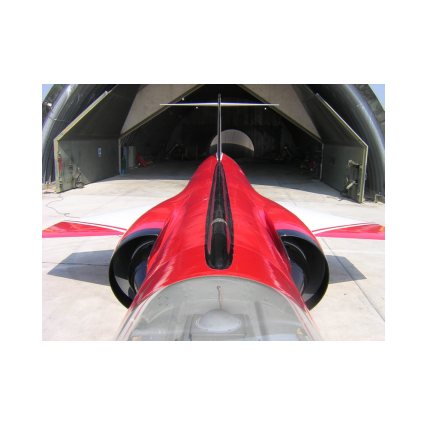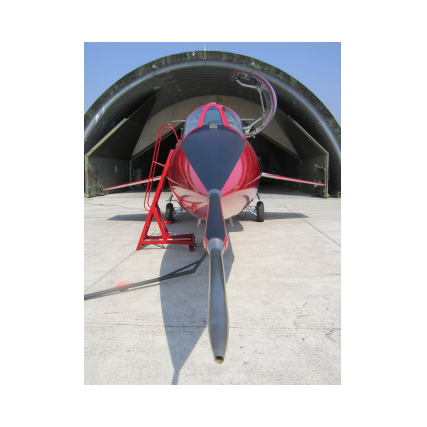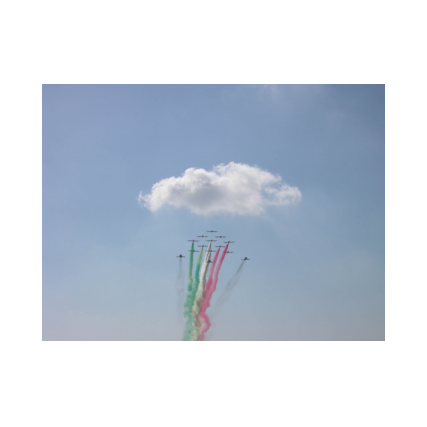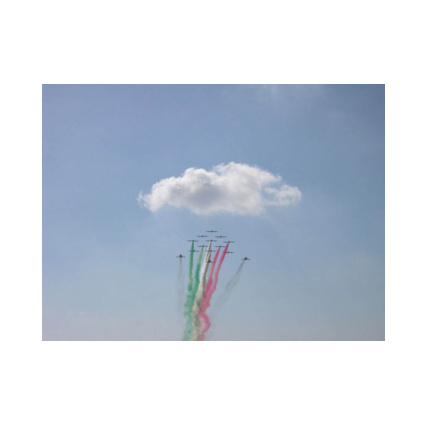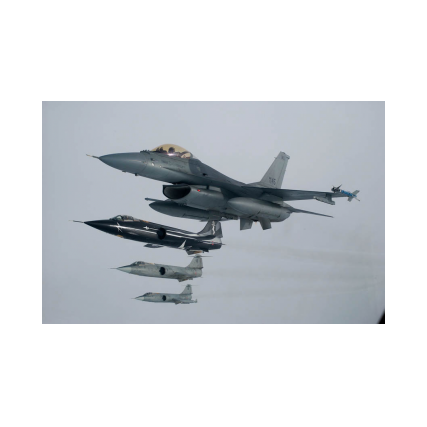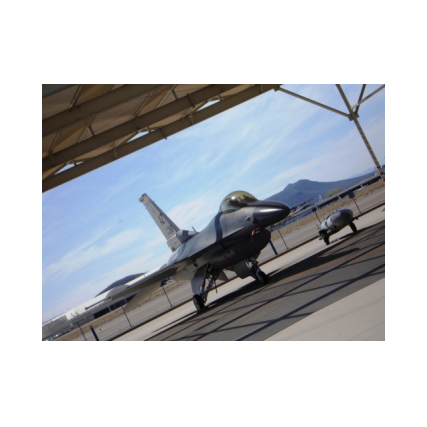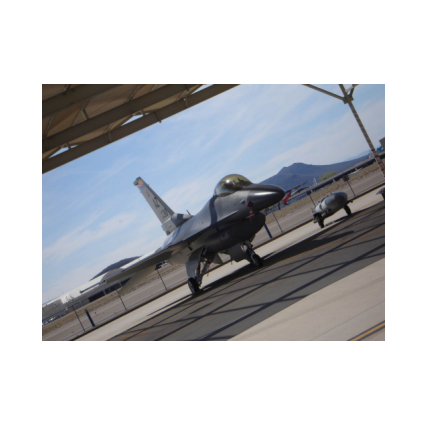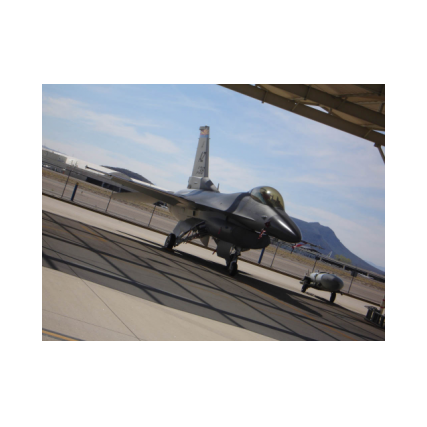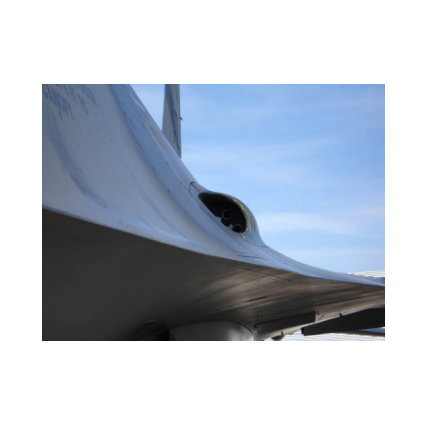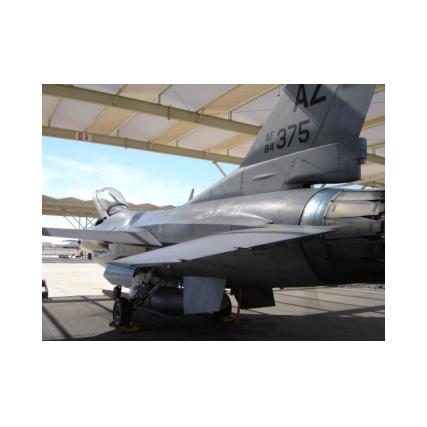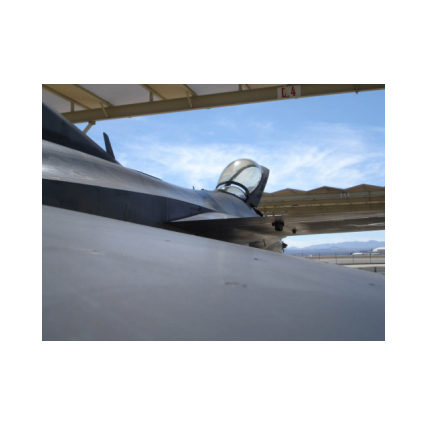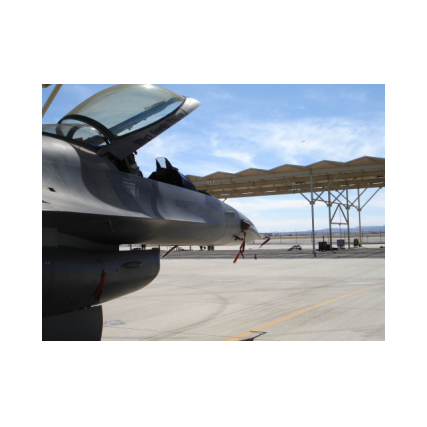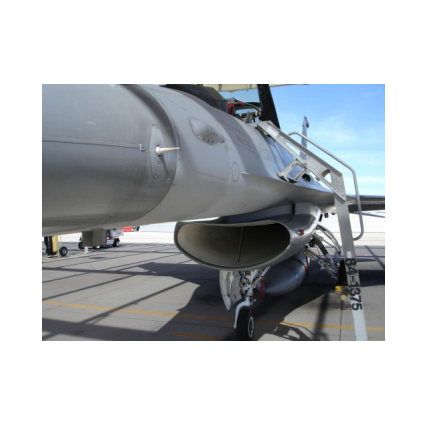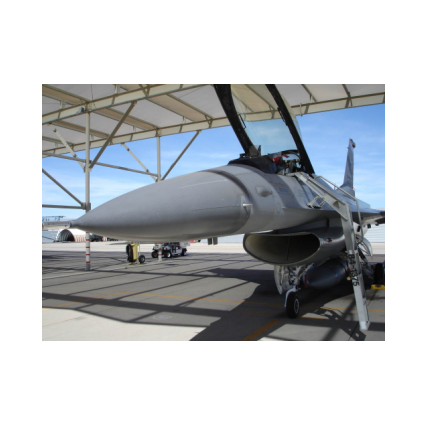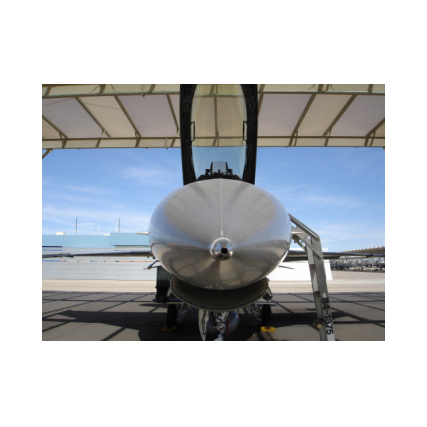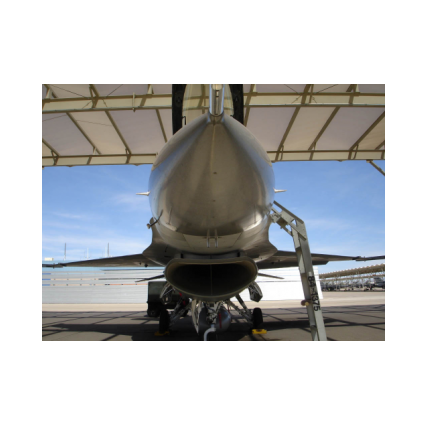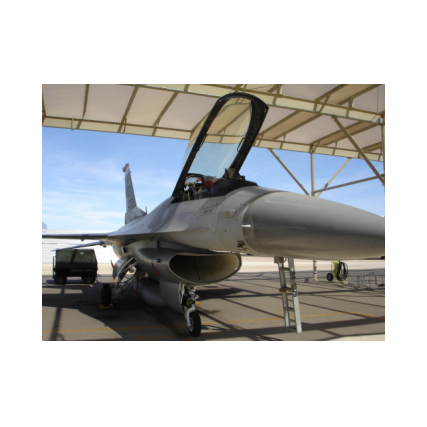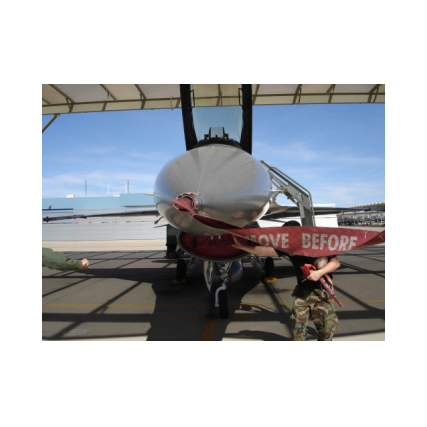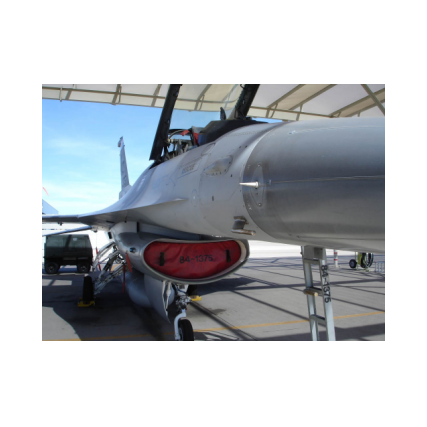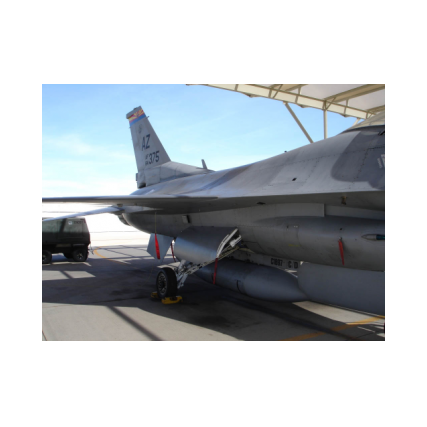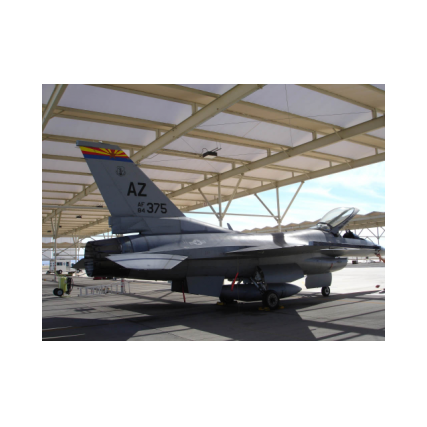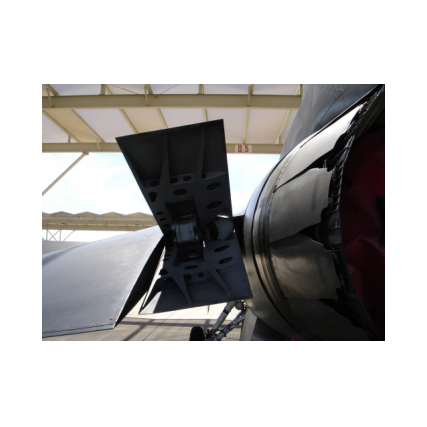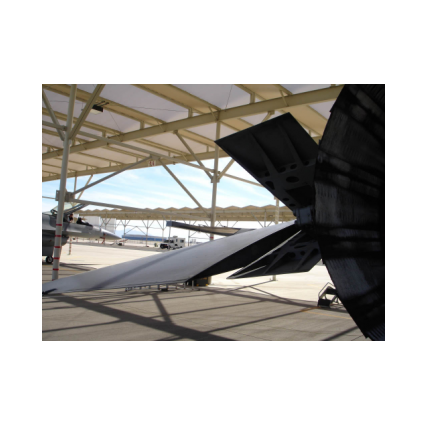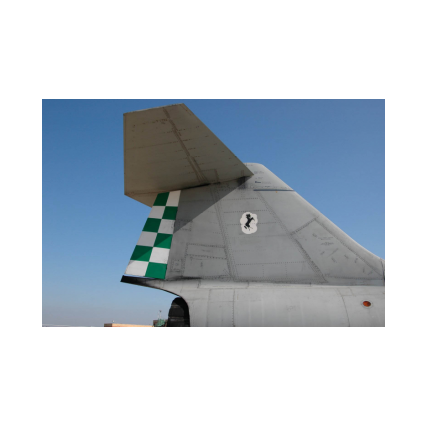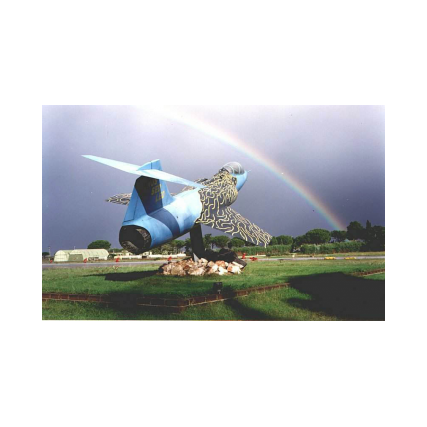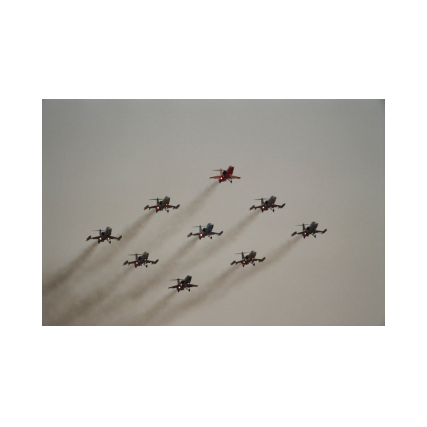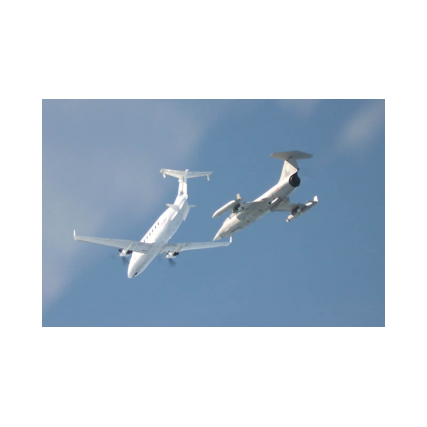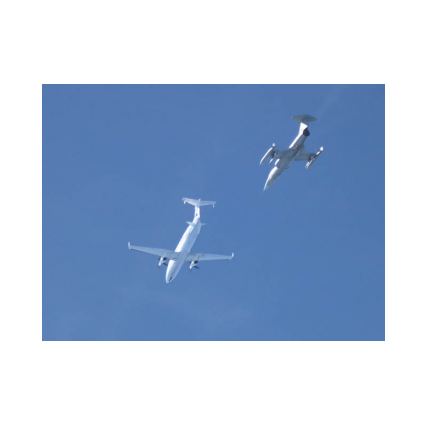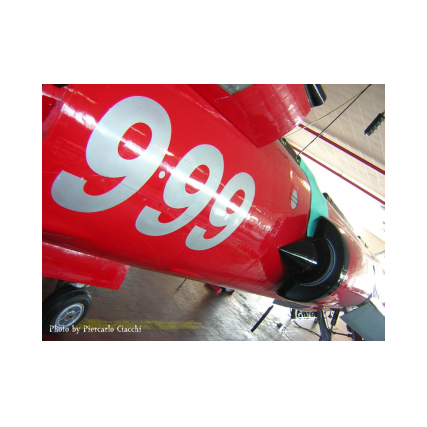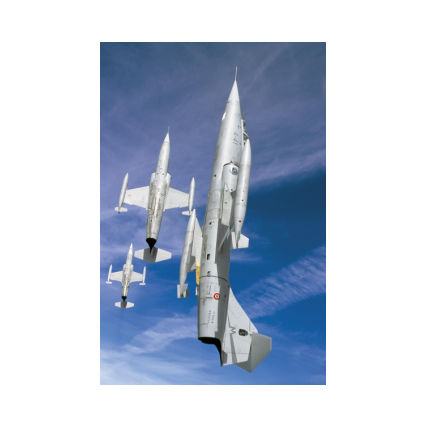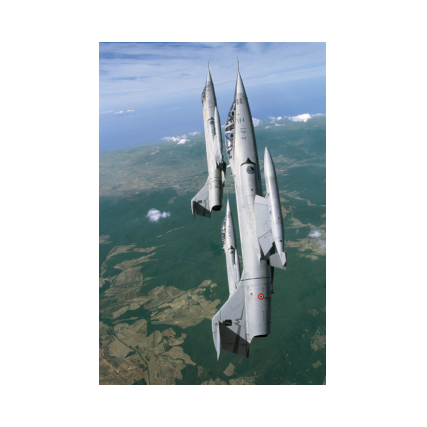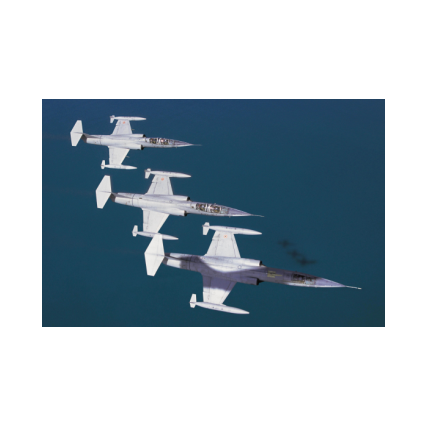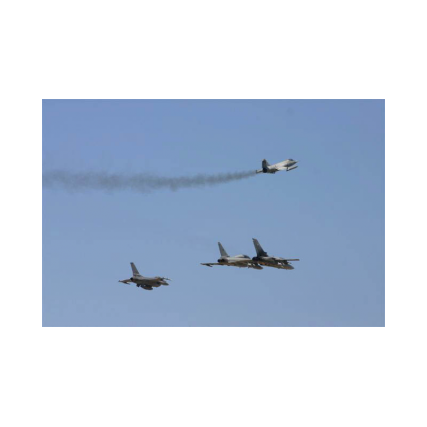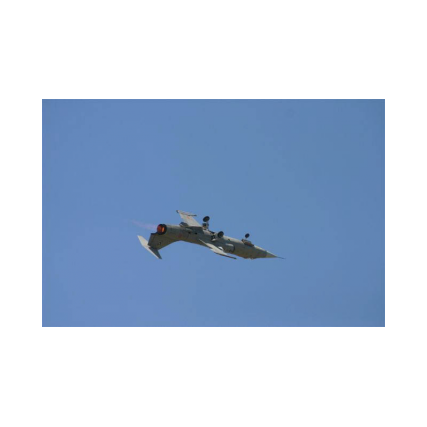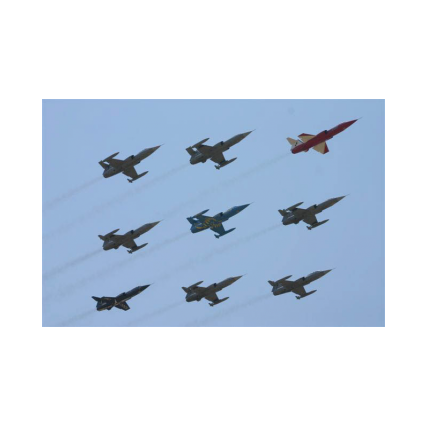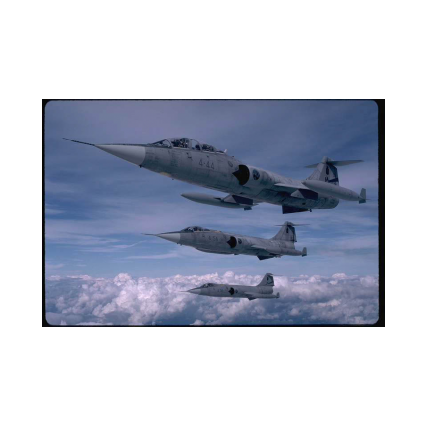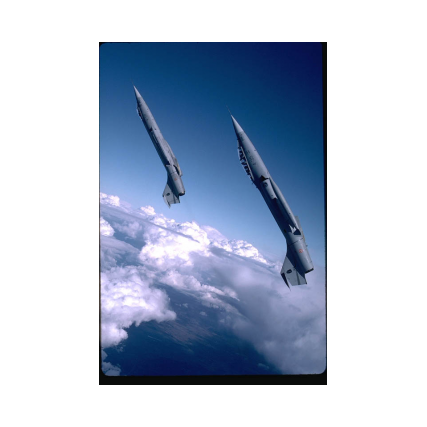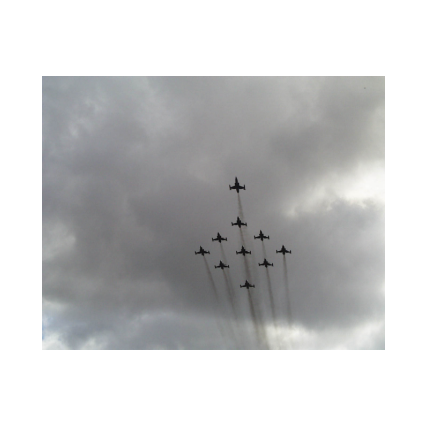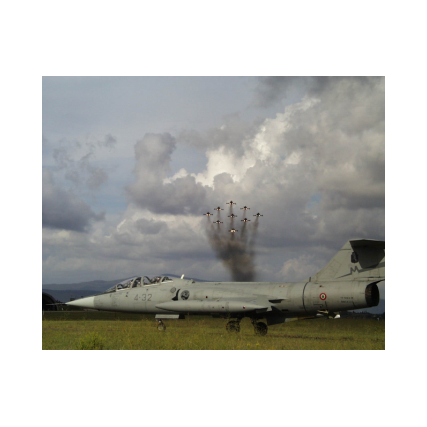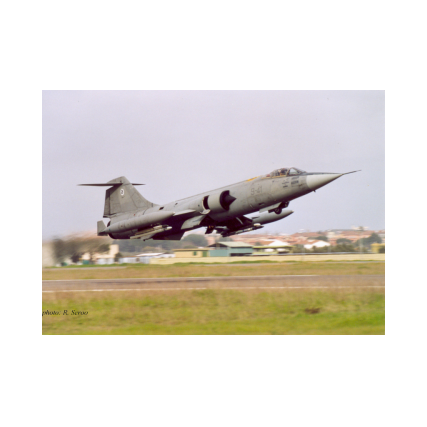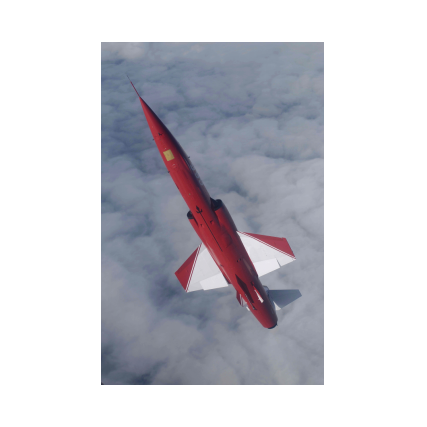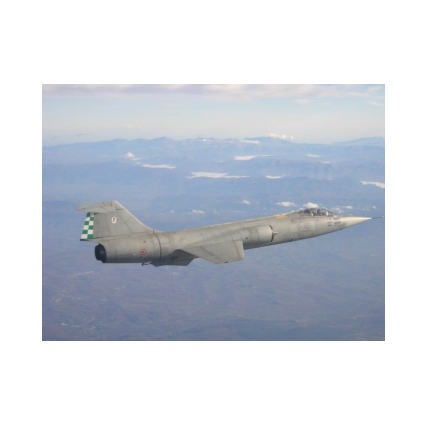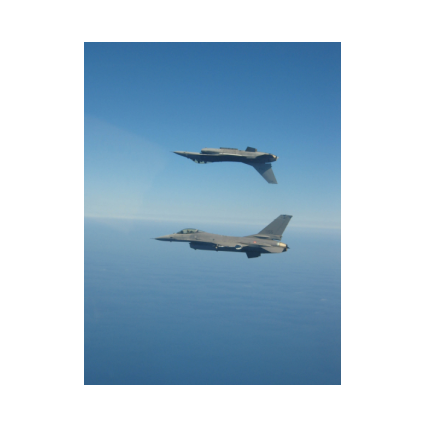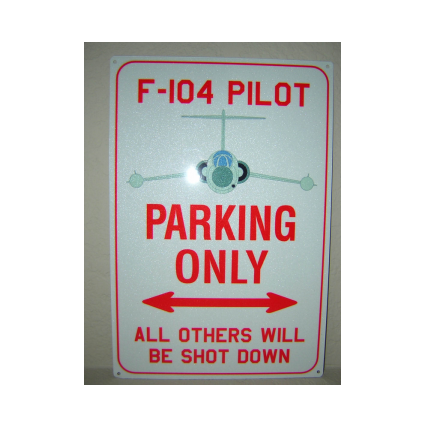37° STORMO TRAPANI AFB
Copyright (C) Diego Crotti
A SPECIAL THANKS GIVING TO PILOT OF 18°GROUP OF THE 37TH WING OF TRAPANI AIR BASE THAT HAVE GIVEN THE PHOTOGRAPHS OF THESE PAGES
The 37th Wing was born on April 1st 1939 on the airport in Lecce and participated to the Second World War with S.81 and BR.20 bomber aircraft. After the war the department was disbanded and temporarily closed. In 1961 it was opened the military airport in Trapani, named after Lieutenant Livio Bassi, a pilot born in Trapani and decorated with a Gold Medal for Military Valor, where, in the ‘70s, the F-104 aircraft from the Italian Air Force units of the center-north, deployed to the new military base in order to ensure the defence of the Italian skies. On October 1st 1984, the 37th Wing was officially reconstituted in Trapani, along with the 18th Squadron, to strengthen the ‘south flank’ of NATO. The Wing is named after the Gold Medal for Military Valor Cesare Toschi, major pilot died in an act of war in 1941. In 1986, during the first crisis with Libya, the 37th Wing ensured the escort missions to civil aircraft in the smaller islands, and the protection of vessels employed in the area. During the operation ‘Allied Force’ in Kosovo in 1999, the 37th Wing participated in the alerting service of air bases in the Adriatic Sea area. On June 2003 the first three F-16 “Fighting Falcon” aircraft arrived at Trapani-Birgi air base, according to the ‘Peace Caesar’ program signed on March 15th 2001 between Italy and the United States for the provision of 45,000 flight hours from 2003 till 2010 employing 34 aircraft. On March 28th 2006, coming from Grazzanise (Caserta) airport, the 10th Squadron was assigned to the 37th Wing, and, together with the 18th Squadron, assured the National airspace surveillance until June 30th 2010, when the 'Cavallino Rampante' Squadron, leaded during the First Word War by Francesco Baracca, moved to Gioia del Colle (Bari) airport, under the 36th Wing command. The 37 Wing was one of the Italian Air Force units involved in the NATO ‘Unified Protector’ operation. In the military base in Trapani, the Libyan air activities, related to the crisis, began on March 19th 2011 and continued, without interruption, until October 31st of the same year, when the missions were completed in compliance with the resolutions of the Security Council of the United Nations in 1970 and 1973, with the task of protecting the Libyan population by hostile actions. In Trapani all supports were merged, men and women, sent by other Units of the Air Force to ensure the sustainability of operations in a continuous way, and, to meet the assigned mission, it was formed the Task Group Air ‘Birgi’, an Unit dedicated to the management of the missions of the Italian air component, which benefited from the technical and logistical support of the 37th Wing for all essential services to the preparation and conduction of flights. Services and supports that have been granted in the same way to other NATO members deployed on the airbases. It was an ongoing activity, seven days a week, 24 hours a day; all staff, each for its specific tasks, was involved in activities that saw, operating in the mission, the most tangible expression, but which included also the on ground technical assistance, such as aircraft and ground support equipment refueling, Air Traffic Control, weather service, fire brigades, health care assistance, security, in addition to the lodging and provisioning for all employees. The 18th Fighter Squadron actively participated to Operation ‘Unified Protector’, in the first part with the task to protect and escort, with their F-16 SEAD aircraft, SEAD (Suppression of Enemy Air Defense) missions and OCA (Offensive Counter Air). Subsequently, to the Squadron were assigned the following missions: Protection of strategic high-value assets (mainly tanker and AWACS aircraft), research and interception of low speed helicopters and aircraft, implementing the ‘No Fly Zone’, Air Defence. On June 1st 2012, upon the arrival of the last F-16 at Davis Monthan AFB, the Peace Caesar program ends after nine years of intense activities. Crew members and technicians from the 37th Wing get trained on the latest generation fighter aircraft F-2000 “Typhoon” that was officially assigned to the Wing on October 18th 2012.
Mission
The 37th Wing is one of the Italian Air Force units which ensures national airspace surveillance and defense 24 hours a day, 365 days a year, , through a radar system, aircraft and missile systems, integrated since peacetime with those of other NATO Countries. The 18th Squadron pilots with their F-16 aircraft are on operational alert, ready for immediate deployment in all weather conditions. The order of immediate take-off, the so called ‘Scramble’, is issued by the Combined Air Operations Centre 5 (CAOC 5), one of five NATO Headquarters responsible for command and control of air operations for Italy, the Balkans, Hungary and Slovenia, in coordination with the Air Operations Command (COA) of the Italian Air Force, organizations located in Poggio Renatico, near Ferrara. In most cases, the aircraft are involved in identifying or escorting unauthorised aircraft, those without permission to fly through national air space, or which have lost radio contact with Air Traffic Control. This powerful surveillance is the result of continuous daily training which is necessary to achieve a very high level of security and operational capability . The skills of the 18th Squadron pilots are also honed by participating in the most important international exercises, this allows them to operate effectively in a multinational context characterized by its high level ofintegration. The 37th Wing is structured in the traditional way, with two staff Offices, an Air Squadron and other Squadrons providing technical, logistic and administration support. In Trapani-Birgi air base there is also the NATO E-3A Component Forward Operating Base (FOB) which uses the NATO AWACS radar aircraft for integrated airspace surveillance. As well as the 82nd CSAR (Combat Search and Rescue) Center, equipped with HH-3F helicopters tasked withboth military and civilian search and rescue operations. Trapani airport is classified as a ‘military airport open to commercial air traffic’, flight assistance (radio navigation aids, air traffic, meteorology) is also provided by staff of the 37th Wing to civilian aircraft landing and taking off from the air terminal ‘Vincenzo Florio’.
Equipment
F-2000 "Typhoon"
Copyright (C) Diego Crotti

